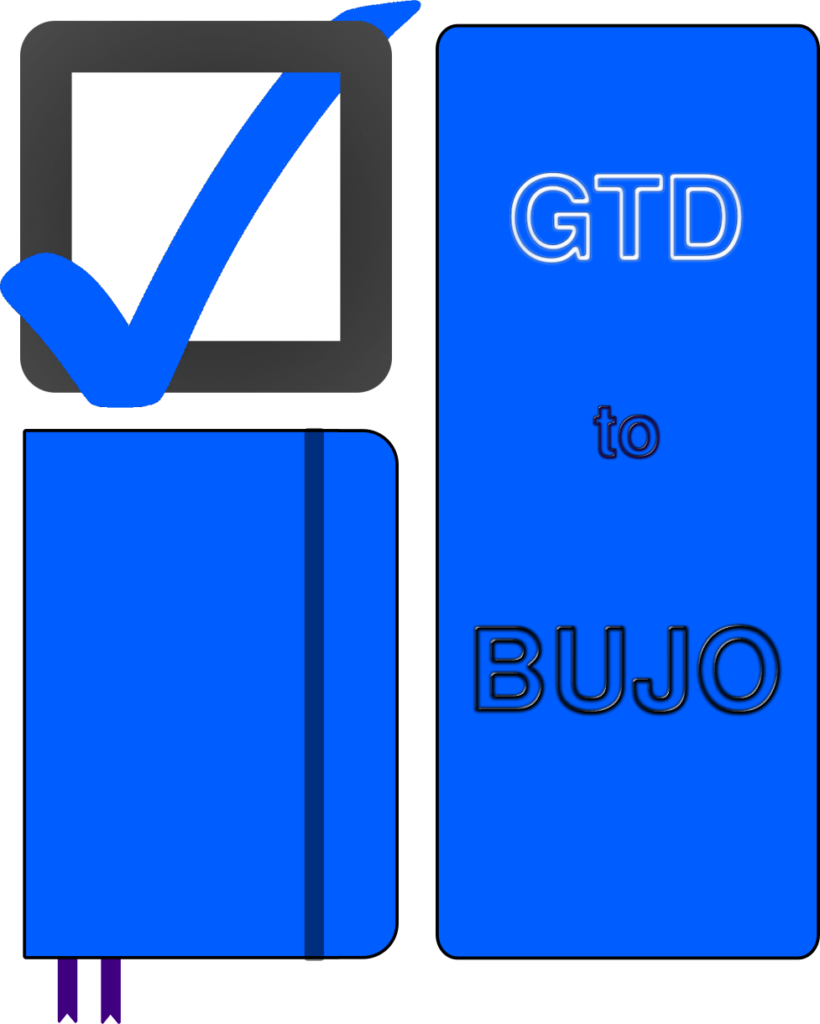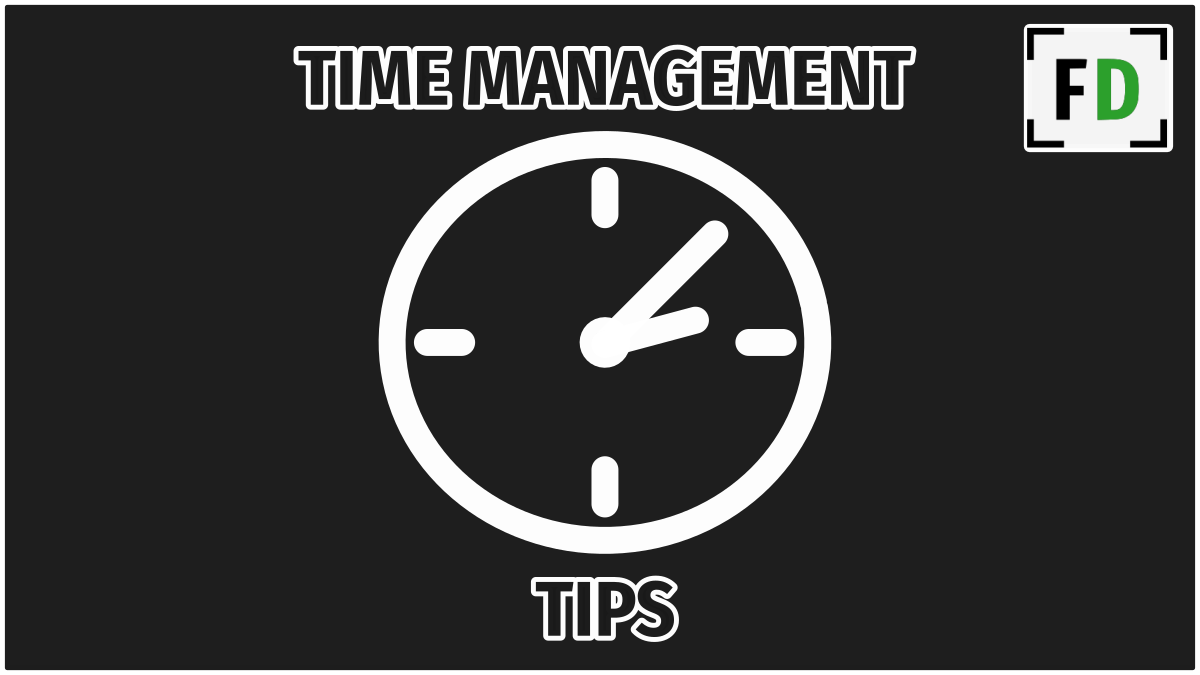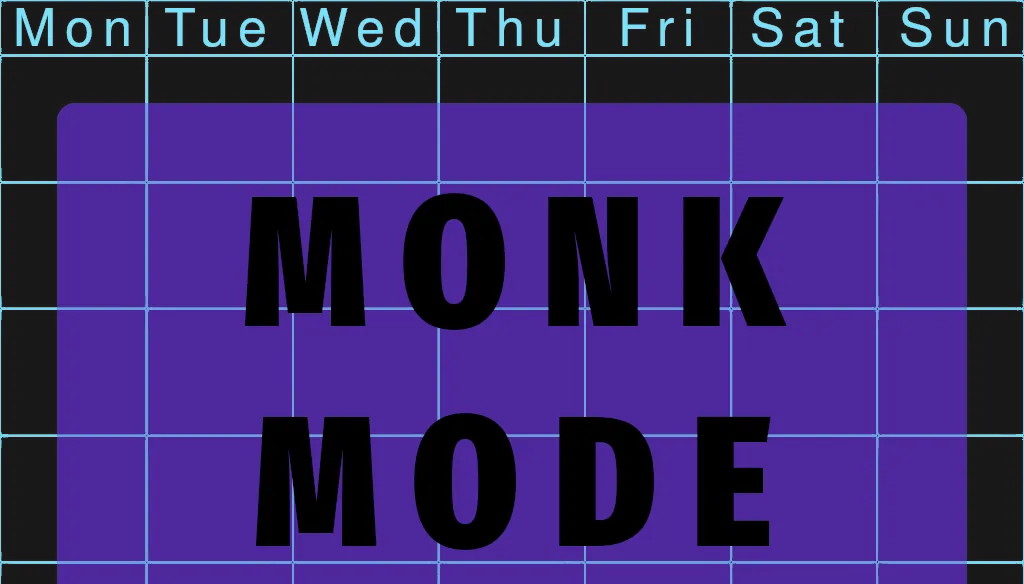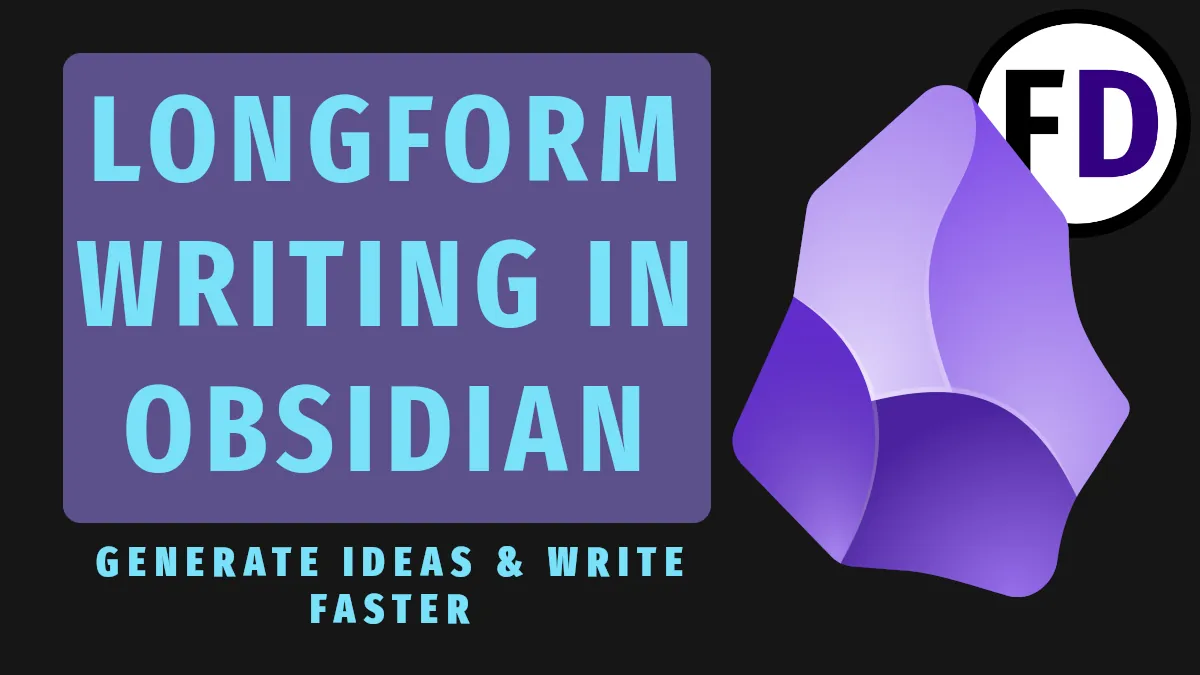It’s only been about 2 weeks since I started Bujo – Bullet Journaling (read about day 1 here.) I’ve taken Ryder Caroll’s advice and started with the bare essentials only: a future log, monthly log and daily logs. The only collection I’ve added is a list of blog posts for me to write. This is a list that I need to use everyday so I thought having it in my bullet journal would be useful.
After 15 years of GTD, making the change to the bullet journal hasn’t been easy. When I have a good idea that I want to capture, my first instinct is to pull out my phone and capture it into my ‘extended mind.’ Writing it into my daily log still doesn’t seem as secure, though I’m sure I’ll get used to it.
Letting go

For me, the change from GTD to the Bullet Journal has been a process of letting go. Letting go of tools and processes that I have honed over the last 15 years. There are parts of my GTD system that I’ve let go and haven’t’ missed. And there are parts of the Bullet Journal that I will keep. By the end of this experiment I know my system will have changed and will be better for it.
I started GTD a long time ago, before I had a wife or child or a job. I was studying as a international student in Tianjin, China when I heard about GTD. When class was out a thousand bicycles criss-crossed through campus but I was a world of stillness walking between them. I had my headphones in and Making It All Work playing. As the shouts and horns continued around me David Allen was whispering in my ear.
Over the years my GTD system evolved but eventually I stripped it back to the bare essentials.
- A Capture Tool
- A List Manager
With these 2 tools I have been able to remain consistently productive for years. Starting the bullet journal has meant a change in perspective for me though.
Capturing
I’m not capturing as much. I thought this would bother me, as if I would feel that I am letting too much slip past me or that I would feel drowned in uncaptured stuff. But this hasn’t happened. When I think of something that I really want to complete, I’ll note it down in my journal. But half formed ideas or someday maybes (things i don’t want to do now but maybe in the future) I’m just letting go. If I really want to do them, they’ll come back at the right time.
Allowing myself to let go of capturing is freeing. My GTD someday maybe lists have hundred of items. Everything from buy a steel drum to learn Farsi or make sushi. All of these things are something that I have wanted to do at some time and even now it would be cool to get a steel drum or learn to make sushi. But as I get older I’m starting to realize how little time I actually have and that I wont have time to do most of my someday maybes. And that’s OK.
I can’t let them hold me to a standard that a thousand past mes have set. Instead I need to let them go, focus on what I can do now and worry about ‘someday maybe’ someday, maybe.
Processing
Processing my captures was a part of my daily routine. I’d look at it, define it and put it on the right list so that I could do it at the right time. In GTD Processing is where most of the actual GTD time is spent. But in Bullet Journaling there is no processing. Tasks, events and notes are written in the daily log and either checked off or crossed off. Anything left over at the end of the day get’s carried over to the next day.
It could be said that migration in the Bujo equivalent of processing but there is one important difference – at the end of the day the list is complete. Everything is checked off, crossed off or migrated. In GTD my action lists seemed eternal they have been there since I can remember and are never empty. Everyday I add more and more to them
Saying goodbye to capturing, to processing and my action lists, I realize there really is more than one way to get things done. It has only been two weeks since starting the bullet journal and I still don’t know what the long term implications will be but for now I’m enjoying the ride.
What I’ve done in the journal
After setting up the Bullet Journal as Ryder Carroll suggests in The Bullet Journal Method two weeks ago, there are parts I’ve used more than others. My Future Log is still mostly bare and to be honest I don’t see myself filling it up any time soon.
The Month View has been useful for keeping up with some tasks that I want to get done but not ‘today’ – these are things that I would usually put on my action lists in GTD.
The Daily logs and collections have been most useful to me though and I’ve been using them almost everyday.
Collections
I have been using collections as project planning spaces essentially. I planned projects when I was doing GTD, the difference was that those plans could not exist within my system, because my system was a list in a text file. Project plans (for me) need to be done on paper with lists, diagrams and scribbles. Without the permission to make a mess I just can’t get enough of the ideas out to make the best plan possible.
Software just isn’t the best place to make this kind of mess so I’ve kept a project planning notebook. Having to go between my system and my planning notebook has not been a great experience. Two different mediums and two different paradigms just never did match up. Also, while my system was always accessible on my phone, my planning notebook was usually on a shelf at home.
Creating a collection in my journal and doing the project planning there then turning the page (or on the opposite page) writing out the resulting actions is much more intuitive. They are both written out in a way that keeps my head in the same space, They both exist in the same physical location and they’re always accessible in my journal.
Daily Lists
Making a Daily List at the start of the day is something that is not really GTD but I have been doing it for a few years. Working from my action lists is fine most of the time but there is no motivation or impetus to actually do those things. There are time when everything on my action lists are meh – Things I don’t enjoy and would rather procrastinate by doing something else, usually playing go online or working out.
By writing out a list of tasks I want to get to from my action lists I actually set an expectation that they are going to get done that day. That alone is enough to force me to make a move on those less enjoyable items.
Using the bullet journal, you almost have to write a daily list in the morning and so I’ve continued doing it and getting things done. As I sit down with my coffee in the morning I check the pollution levels then pull out my bullet journal and write out the tasks I want to do that day with a big bullet point that I’ll be able to cross out later. Ordering them gives me a little more structure, check out why in my post about daily lists.
What I’ll keep
Although I’ve only been bullet journaling for two weeks, there are some things I know I’ll keep whatever my system ends up looking like in the future.
The Notebook
I’ll keep the notebook. After bullet journaling in this notebook, I can see myself going back to a paper based GTD system at some point in the future. Perhaps using some of the other features of Bujo along with some of the traditional components of GTD.
The benefits of the notebook are three-fold. The notebook allows drawing, writing, and any other form of pen-to-paper expression. I’ve drawn icons and graphs, circled and under-lined, all things that are almost impossible to do in software. Having to write things in a notebook has also forced me to slow down. It’s making me consider what it is I’m doing each day. As Ryder Carroll says in the book “If it’s not worth the time to rewrite, you have to consider whether it’s worth doing at all.” The third thing is the space the notebook gives. At best I can see about 15 items when I look at my system on my phone. Opening my notebook and being able to seen 2 pages worth of ideas at once allows my mind to make connections it may not have otherwise.
Rapid Logging
The daily log is much more than just an action list for the day. It contains tasks, notes and events which you can rapid log in real time or after or before the fact. This makes the bullet journal a functional journal as well as a productivity system. Making a note of the activity I did with my son or a nice meal my wife made is not helping me get more done. In fact it’s taking moments from me that I could spend doing something productive. But looking back on the last two weeks I notice two things. Firstly that the time hasn’t seemed to have just flown by as it usually does. The days seem separate as I see the day we went to the mall or had Korean food last week.
When you can review the events of the past, those moments stand out like milestones. They stop the journey from becoming monotonous.
Secondly, while doing something like making origami snowflakes with my son, which I know I will later write in the journal, I have enjoyed the activity much more and had more fun with it because i know that I want to remember those fun times in the future when I see it in my journal.
GTD and Bujo are not really comparable
The question I will be asked most about this experience is which is better?
After only two weeks using bujo I haven’t had the time or experience yet to give a fair answer. However I can say this: Getting Things Done and The Bullet Journal are not the same thing. GTD is a template for a productivity system that you can create any way you like. The Bullet Journal is a journal/task management system with additional optional modules that all exist within a notebook.
Journaling, although mentioned in Making It All Work, is not really a core component of GTD.
I don’t think the two ideas are mutually exclusive. There are things that both system can improve within the other, depending on what the user needs. I’m sure my opinion on this will change as I continue using the Bullet Journal in the coming months.








